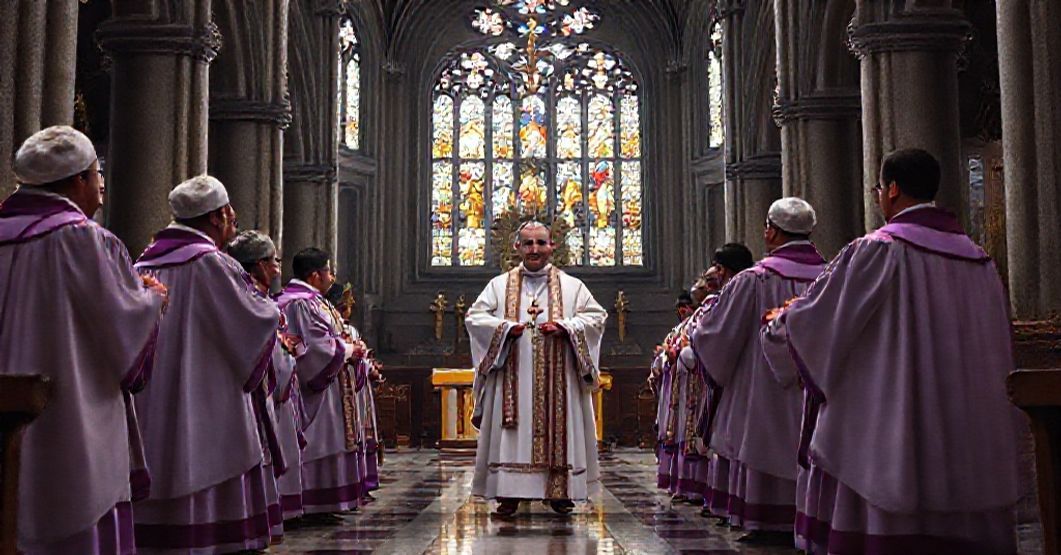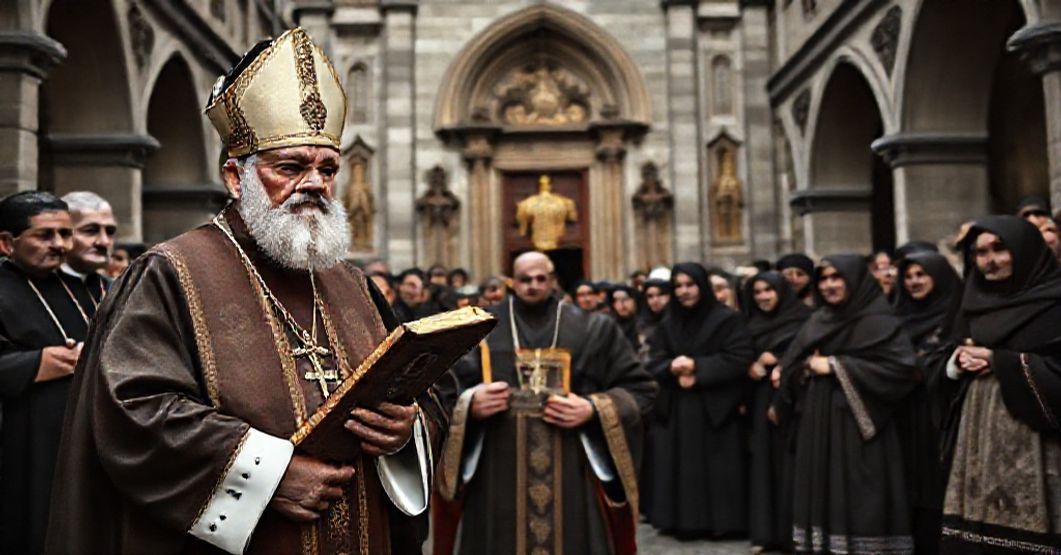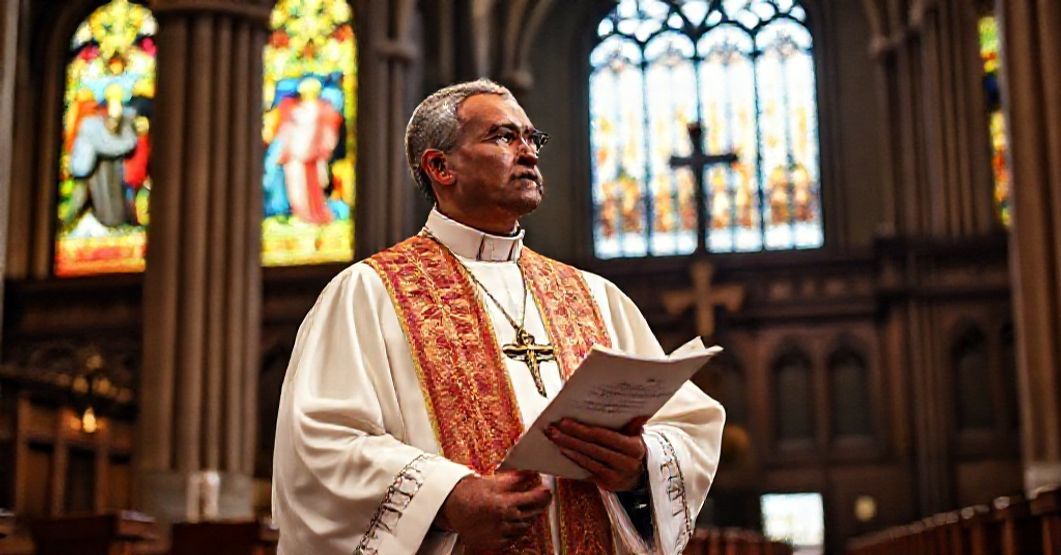Antipopes of the Antichurch



















Timeline of this heretical pontiff
Encyclical Letters
+ 15 posts1959
+ 7 posts1961
+ 4 posts1962
+ 2 posts1963
+ 2 postsApostolic Exhortations
+ 3 postsApostolic Constitutions
+ 93 posts1958
+ 6 posts1959
+ 87 postsMotu Proprio
+ 15 posts1958
+ 1 posts1959
+ 1 posts1962
+ 11 postsApostolic Letters
+ 151 posts1958
+ 4 posts1959
+ 63 posts1960
+ 78 posts1961
+ 1 posts1962
+ 4 posts1963
+ 1 postsSpeeches
+ 99 posts1958
+ 2 posts1959
+ 26 posts1960
+ 29 posts1961
+ 16 posts1962
+ 24 postsMessages
+ 6 posts1959
+ 4 postsHomilies
+ 4 postsLetters
+ 152 posts1958
+ 1 posts1959
+ 48 posts1960
+ 32 posts1961
+ 31 posts1962
+ 30 posts1963
+ 10 postsNot categorized
+ 1 posts1958
+ 1 postsNews feed


Culiacanensis (1959.04.06)
The presented Latin text is an April 6, 1959 apostolic constitution “Culiacanensis,” attributed to John XXIII, by which a collegiate chapter of canons is erected at the cathedral of Culiacán, Mexico. It details the number and offices of canons, their juridical framework under the 1917 Code of Canon Law, norms for stipends and endowments, liturgical obligations on certain feasts, and precise prescriptions for choir and extra-choir dress, delegating execution to the apostolic delegate and asserting full canonical force of the act under Roman authority. In reality, this juridically meticulous document is a pious-looking smokescreen: a consolatory ornament of “continuity” promulgated by a man who had already set in motion the conciliar revolution that would devastate precisely the hierarchical, liturgical, and canonical order he pretends here to defend.


Exarchia in Germania (1959.04.17)
This constitution of John XXIII establishes an apostolic exarchate in Germany for Ruthenian faithful of the Byzantine rite displaced by the Second World War, directly subject to the Apostolic See, with its seat in Munich and governed according to Eastern canonical traditions, with seminarians to be formed in Rome and the exarchal structures financed by the faithful and exarchate goods.


RHODESIAE SEPTEMTRIONALIS ET NYASSALAND (1959.04.25)
The document issued under the name of Ioannes XXIII, “Rhodesiae Septemtrionalis et Nyassaland,” dated 25 April 1959, decrees the erection of two ecclesiastical provinces in British-controlled Central Africa (Northern Rhodesia and Nyasaland), transforming several apostolic vicariates and prefectures into dioceses and metropolitan sees. It lists the new diocesan structures, assigns cathedrals and titles, transfers titular bishops to residential sees, subjects all to the Congregation of Propaganda Fide, and lays down ordinary canonical norms for governance, seminaries, and diocesan consultors, claiming binding force under “supreme apostolic authority.”


Nzerekoreensis (1959.04.25)
The text promulgated under the name of John XXIII, “Servant of the servants of God,” decrees the elevation of the Apostolic Prefecture of Nzérékoré in Guinea to the rank of diocese, maintains its territorial boundaries, subjects it as suffragan to Konakri while reserving its dependence on the Congregation for the Propagation of the Faith, designates N’Zérékoré as episcopal see with the church of the Immaculate Heart of Mary raised to cathedral status, entrusts governance to the Missionaries of Africa, outlines provisions for a diocesan seminary and chapter, and grants canonical faculties for execution. Behind a pious façade and missionary rhetoric, this act is one more juridical brick in the construction of a new, humanistic, territorial “church” preparing the conciliar revolution rather than defending the Kingdom of Christ the King.
Varia
Announcement:
– News feed –implemented
– Antipopes separate web sites with their all documents refutation – in progress
